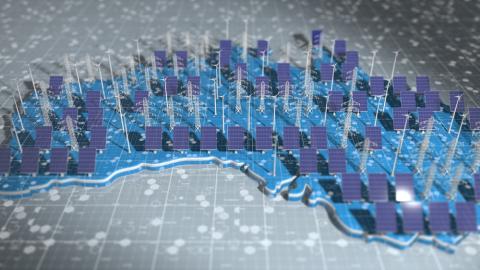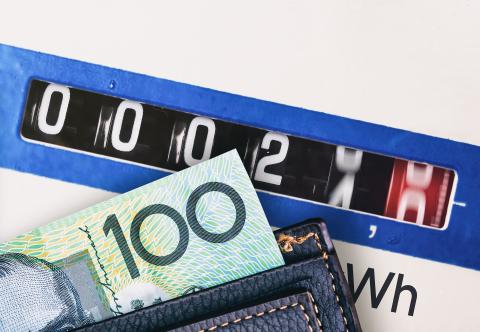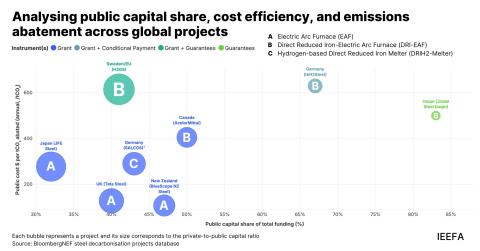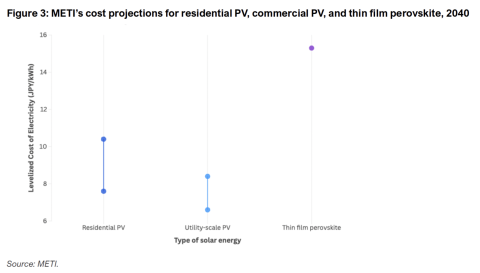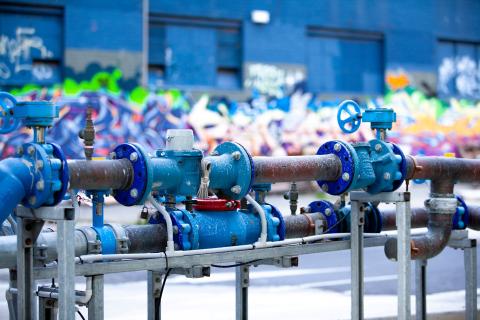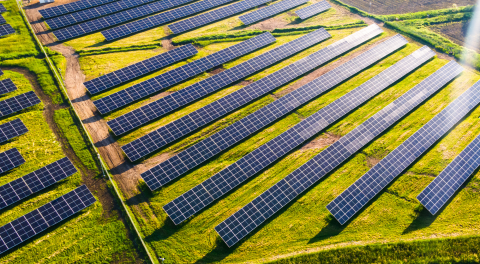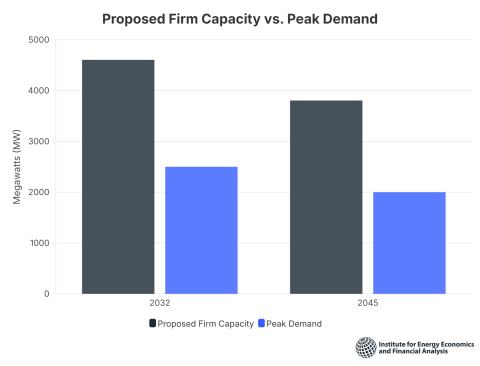IEEFA: Dubbo’s new renewables zone shows the path away from fossil fuels
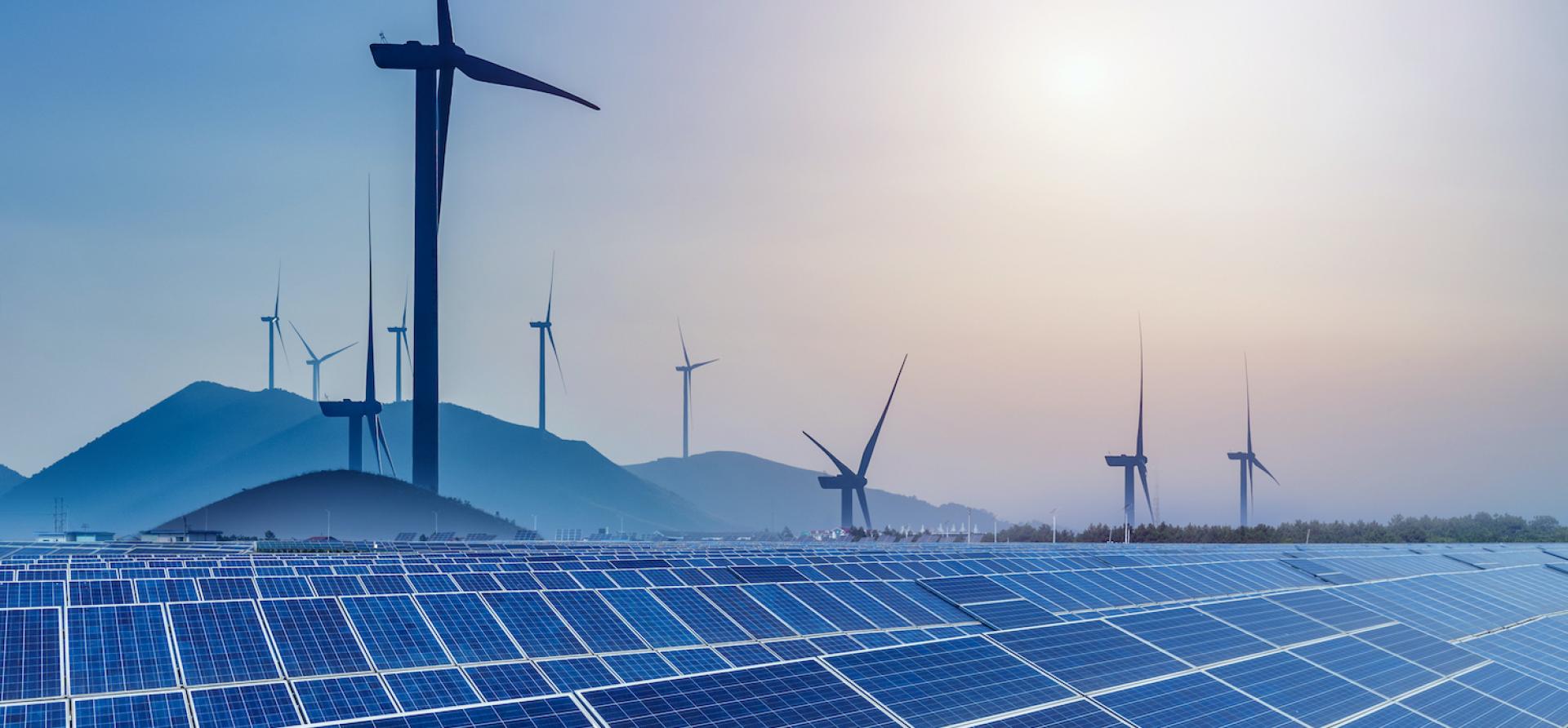
Key Findings
The NSW government’s initial zone garnered huge interest, the call for 3 gigawatts of projects answered with proposals for a massive 27GW, valued at A$38bn.
The response is evidence of renewables' attractiveness to capital, as solar and wind out-compete coal and gas on price, build time and maintenance costs.
Firming of renewables is becoming economical thanks to pumped hydro and batteries. Markets view renewables as the best solution for a faster recovery from recession.
With the economy faltering during the COVID-19 pandemic and jobs in short supply, different solutions are being proposed to move the country into a sustainable economic recovery.
To benefit all Australians, many of whom are struggling with job losses, health concerns and faltering businesses, projects considered for the way forward should fulfil two simple criteria: zero reliance on ongoing subsidies and timely implementation.
The NSW government is co-ordinating transmission investment to facilitate investment
The Federal government’s National COVID-19 Coordination Commission is pushing a gas-fired recovery as a solution, with subsidies for gas projects and infrastructure. As an alternate pathway, the New South Wales government is embarking on a program of developing Renewable Energy Zones.
The NSW government’s first Renewable Energy Zone, in the state's Central West around Dubbo, has been met with an astounding response. The government’s call for just 3 gigawatts (GW) of wind, solar and/or storage projects for the Zone received 113 registrations of interest for projects totalling a massive 27GW valued at $38bn. The registrations of interest exceeded the capacity of the project by 9 times!
THE ENTHUSIASTIC RESPONSE BY RENEWABLE ENERGY DEVELOPERS was not aided by the promise of project subsidies. Instead, it was recognition that the NSW government is co-ordinating transmission investment to facilitate investment; a favourable environment for developers and investors.
Gas companies are slashing exploration budgets
This $38bn of proposed renewable energy investment suggests Australia is on the cusp of a new energy industry ready to take off if the right market and regulatory conditions are set.
This sunrise enthusiasm stands in marked contrast to the pallor of the gas industry.
The global economic lockdown has had a marked impact on the gas industry and gas intensive manufacturing which are now in a slump that will last for many years. Far from looking to increase investment into new projects, gas companies are slashing exploration budgets and withdrawing from expansion projects that 12 months ago would have been sanctioned.
Chevron wants out of the North West Shelf
Woodside has put its massive $50bn North West Shelf development of gas fields and LNG growth projects on hold, and Santos has deferred its final investment decision on its $7bn Browse field (offshore Northern Territory).
The gas industry is not only deferring new projects and slashing exploration and development budgets, it is also actively divesting from Australian gas assets.
AT PRESENT THERE ARE APPROXIMATELY $11 BN WORTH OF AUSTRALIAN GAS/LNG ASSETS FOR SALE, assuming a buyer can be found.
Major oil and gas companies are following on from ConocoPhillips’ decision to exit gas in the Northern Territory. Shell is looking to divest a 26.25% interest in its failed Gladstone coal seam gas (CSG) to liquefied natural gas (LNG) project in Queensland. ExxonMobil has its Bass Strait assets on the block and Chevron wants out of the North West Shelf.
Solar and wind are out-competing coal and gas in terms of price
A gas-fired recovery is simply not possible when the industry itself is actively divesting and gas prices are at historic lows. The hope of gas-fired manufacturing being able to pull Australia out of recession is just that, a vain hope. There is a global glut of plastics and ammonia ensuring no investment will occur for many years.
Renewables by contrast represent an area to which capital is attracted. Solar and wind are out-competing coal and gas in terms of price, the time it takes to build, and the ongoing maintenance costs. Solar and wind farms have short lead times to project implementation. Gas is a much longer lead time investment.
FIRMING OF SOLAR AND WIND TO GARNER 24/7 POWER CAN BE ECONOMICALLY OBTAINED from pumped hydro and batteries. With Snowy Hydro being developed, firming of renewables is not an issue.
We are seeing a path out of recession that is achievable in the short term. The markets are telling us that renewables are the best solution for a faster recovery.
All that is standing in Australia’s way to a healthy economic recovery is the federal government’s proposed subsidies to a failing gas industry.
This commentary by IEEFA’s LNG/gas analyst in Australia first appeared in the Daily Liberal.
Related articles:
The markets won’t respond to Australia’s proposed “gas-fired recovery”
Banking on oil, gas and petrochemicals is a defensive strategy unlikely to work
Australia’s gas industry was already failing before COVID-19
With COVID-19, energy markets are turning towards clean energy investments









